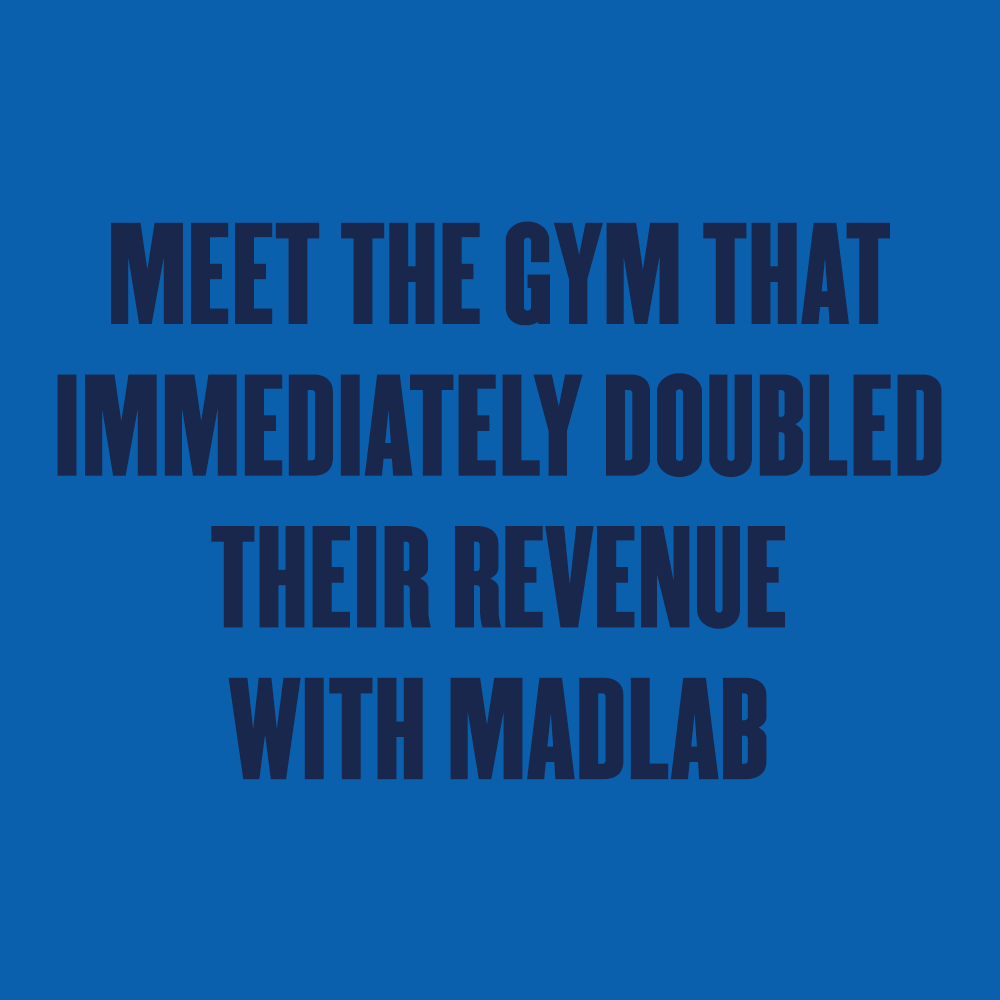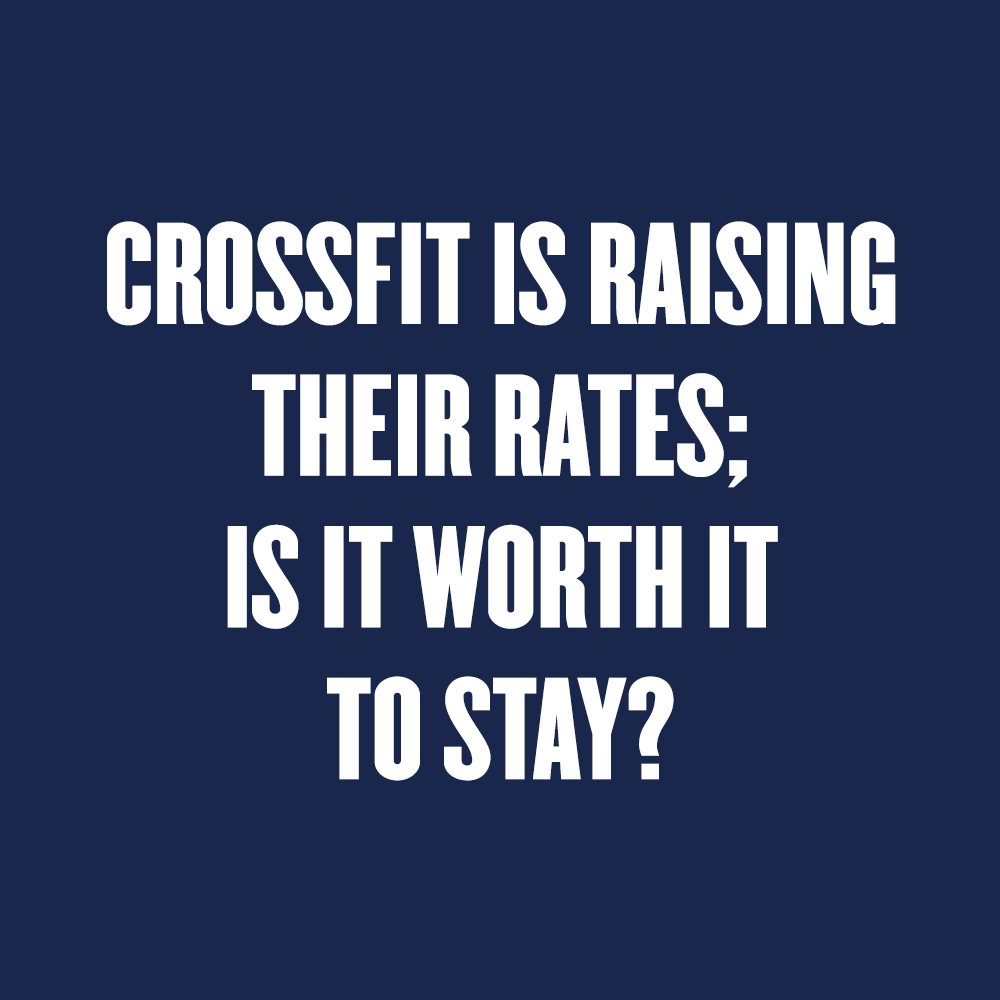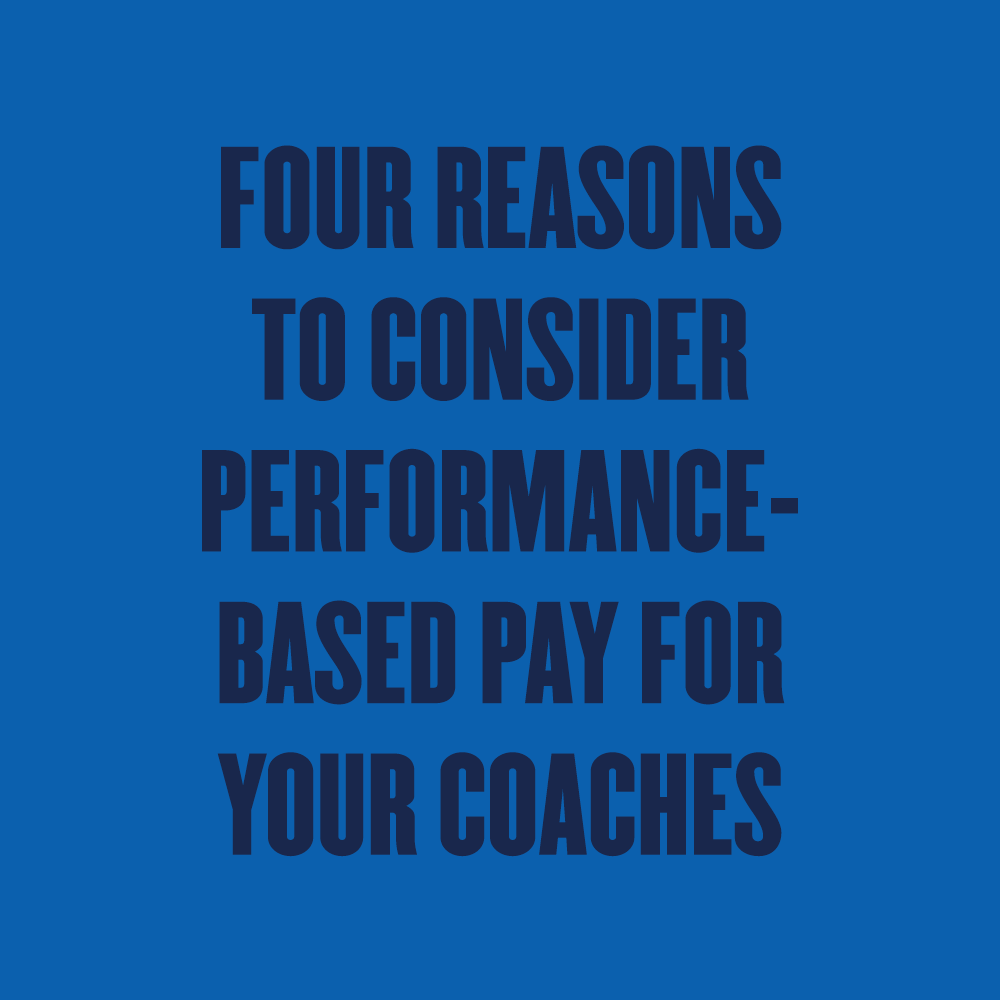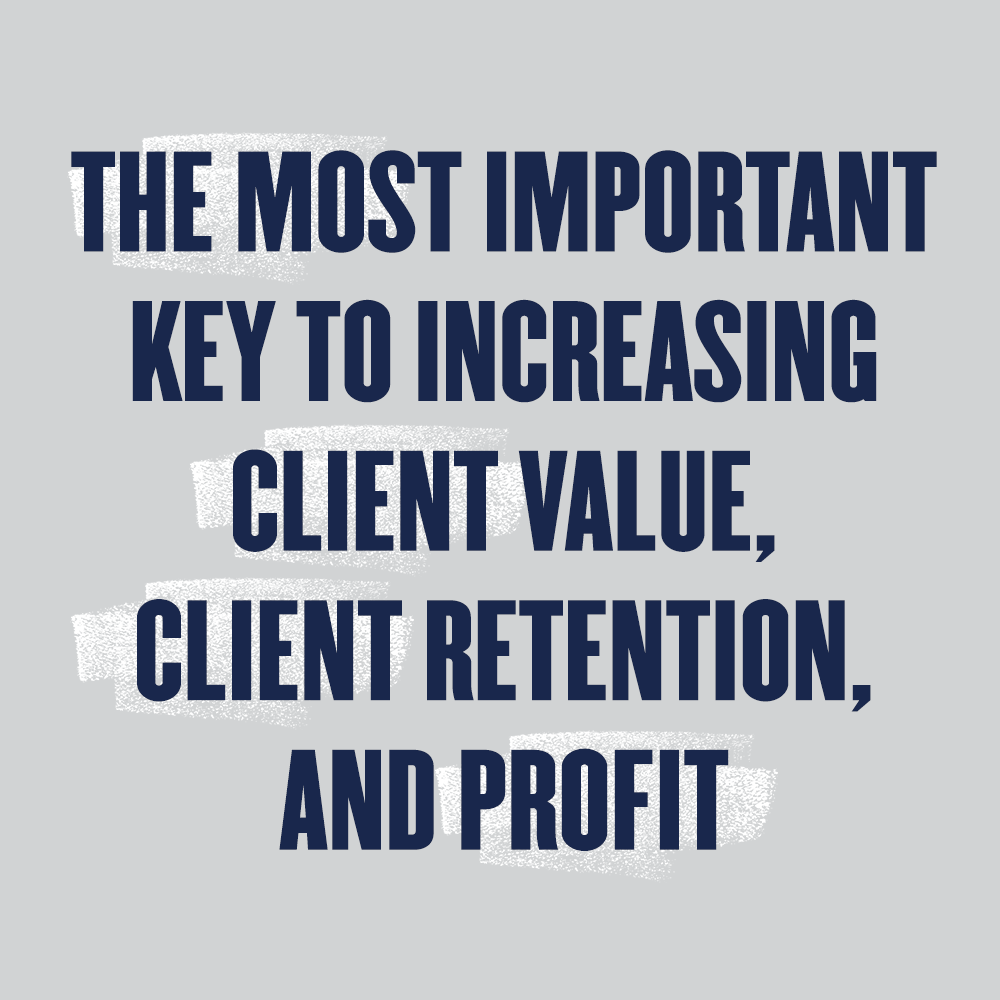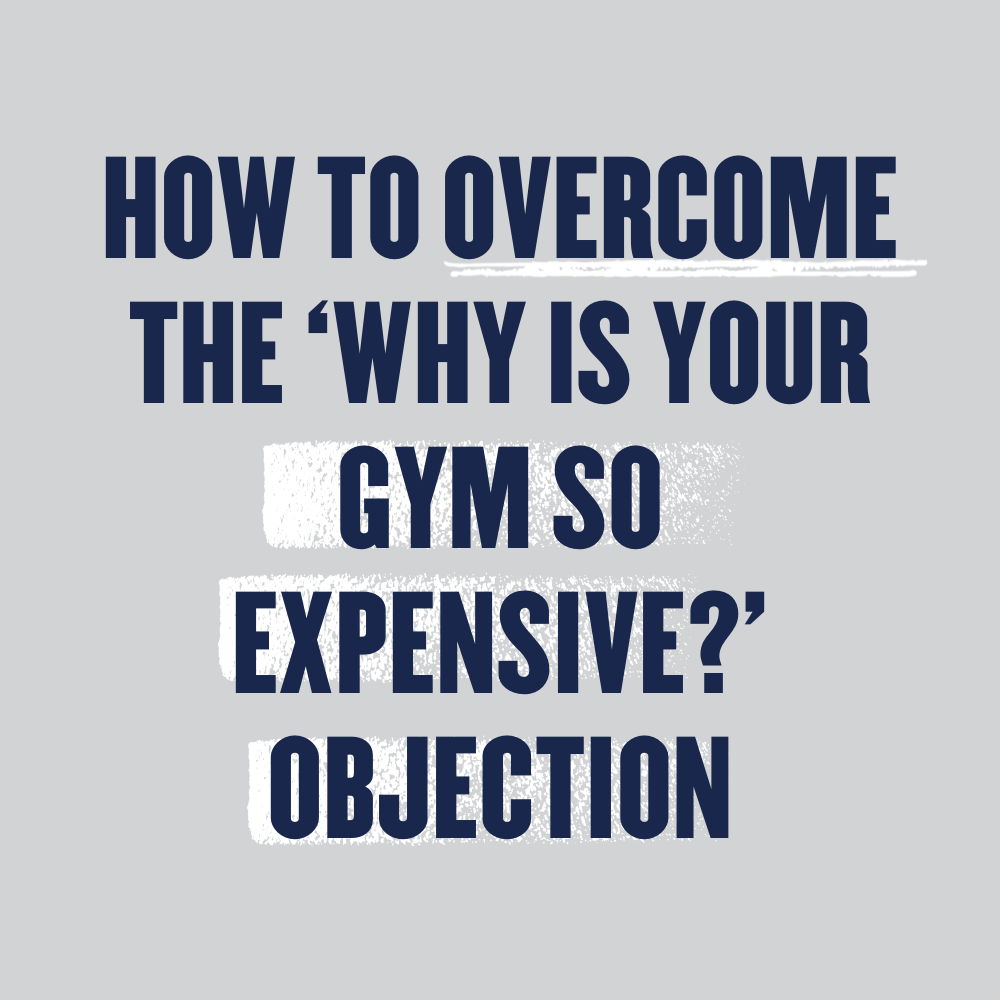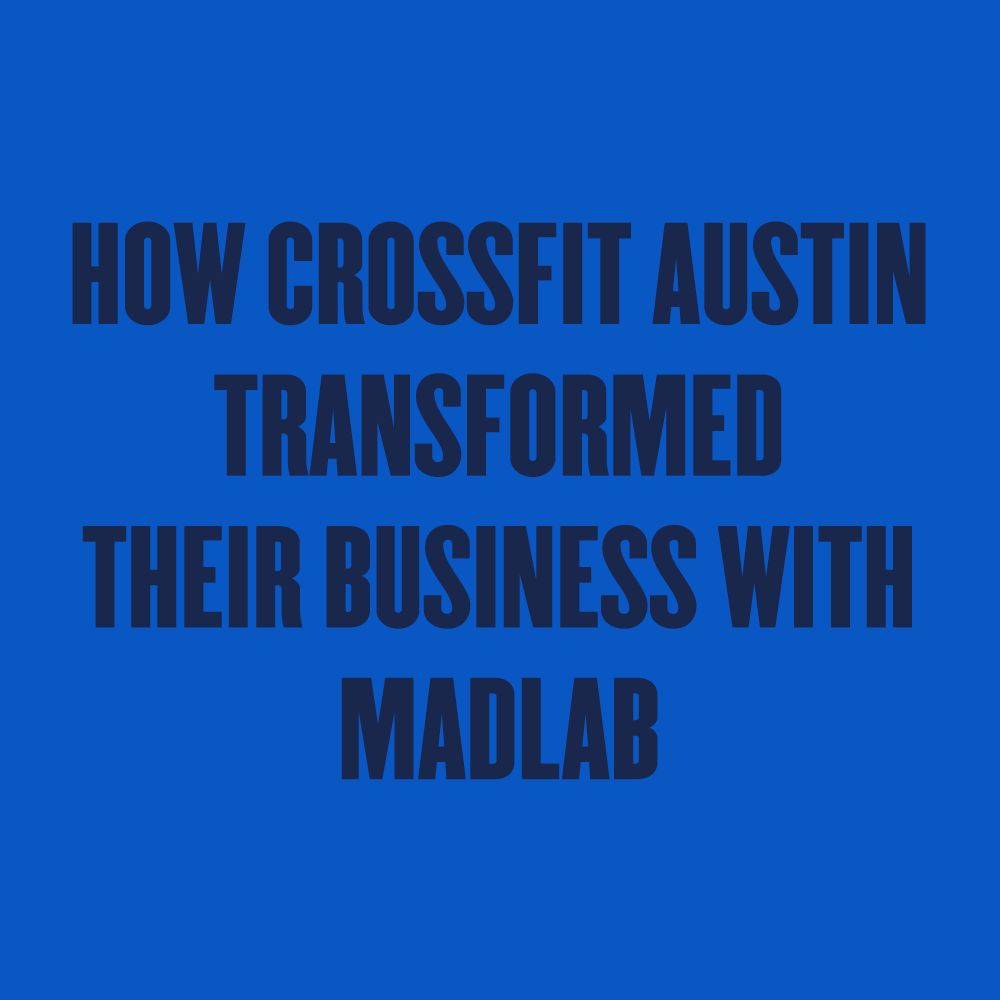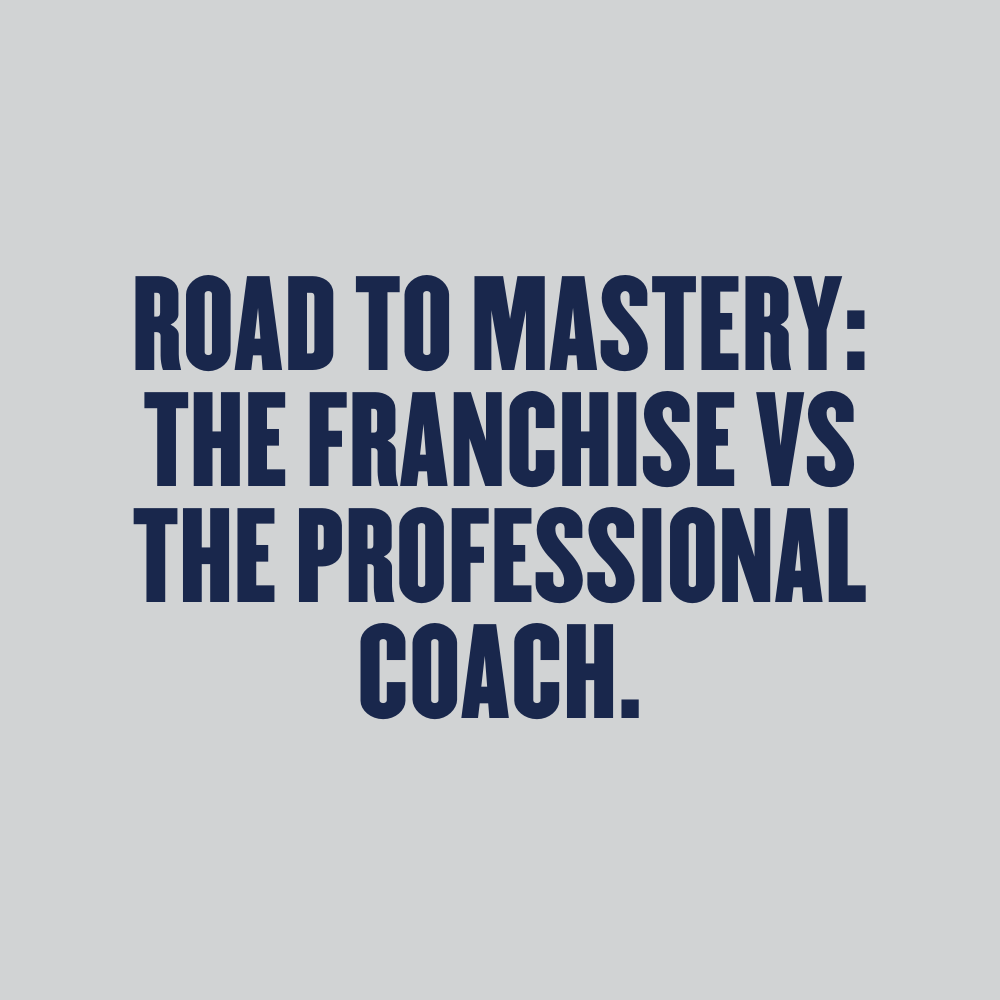WHAT PELOTON CAN TEACH US ABOUT COMPENSATING PROFESSIONAL COACHES.
Though many believe Peloton is but a mere fad, popular today, but destined to have an expiry date like so many other trends that have come and gone in the fitness industry—think the Bowflex Home Gym, the ThighMaster, 8-Minute Abs and Jane Fonda—Peloton just might have a longer shelf life than you think.
Why?
Because it appears Peloton is actually able to develop trainers who are earning a solid living, well beyond what the average personal trainer or group class CrossFit coach is making, for example.
While Peloton doesn’t release what their trainers earn, one New York-based instructor Jess Sims told The Wall Street Journal in 2019 that she earns “six figures with stock options,” adding that Peloton instructors also get paid vacation and medical coverage etc.
Further, a 2021 Bloomberg report corroborated this and reported that the most senior trainers make $500,000-plus, not including external sponsorships they might have.
It seems like Peloton might be onto something…
How are they doing it?
The short answer is performance-based pay, which allows these instructors to earn as much as $750 per class. If you teach 15 classes a week, that’s $585,000 annually.
Of course, this is possible because they have a global, online platform that allows thousands of people to attend a class at any given time—as many as 23,000 apparently—which a small, in-person gym would never be able to do.
That being said, the concept of performance-based pay is very possible on a smaller scale, and it’s exactly why Madlab mentored coaches can earn six figures. No, it’s not half a million dollars, but six figures is still a professional wage most coaches currently earning less than $40,000 a year can only dream of.
Like Peloton coaches, Madlab Group coaches are paid based on how well they care for their clients. If clients are signing up and sticking around, the coach earns more money, meaning the sky’s the limit in terms of potential earnings—something that just can never be achieved in the dollars-per-hour model.
Performance-Based Pay
In practice, this means a Madlab coach with 50 clients paying $275 a month, who earns an average of 45 percent of the revenue from each client, can earn $6,187 a month ($74,250 a year), not including any new clients they’re putting through fundamentals or specialty program they run.
For the business, this also means the better the coach does, the better the business does, as opposed to the coach being but a labour cost to the business.
The same is true for Peloton. If the coaches are doing a good job, more people will sign up for subscriptions and continue paying for their subscriptions, and the business reaps the benefits along with the coach.
Sidenote: The other big key for Peloton coaches is their ability to earn a living without having to spend 40 energy-draining hours coaching each week.
The same is true for Madlab coaches: Because of our coach co-op model, where coaches share the group class responsibilities depending on how many clients they have, Madlab Group coaches can earn a professional wage while working a reasonable number of on-floor hours each week and also continue to earn their wage even if they take off on a well-earned vacation.
The bottom line: Though a small gym owner doesn’t have the luxury of having a global market like Peloton, they do have the ability to develop and retain coaches who earn a professional wage, helping the business be more successful in the process.
To learn how we help business owners and coaches, do this book a call now.
Keep Reading

All You Need to Know to Rebrand Your GymProject type

I Have 150 Members, but Where’s the Profit?Project type

Here is how you Retain Your Coaches for 20 yearsProject type

Want to Make More Money and have Paid Vacation as a Fitness Coach? Be part of a Madlab Coach Co-OpProject type

Madlab Radio - Episode #9 - CrossFit LortonProject type

Nine laws series: Law #2Project type
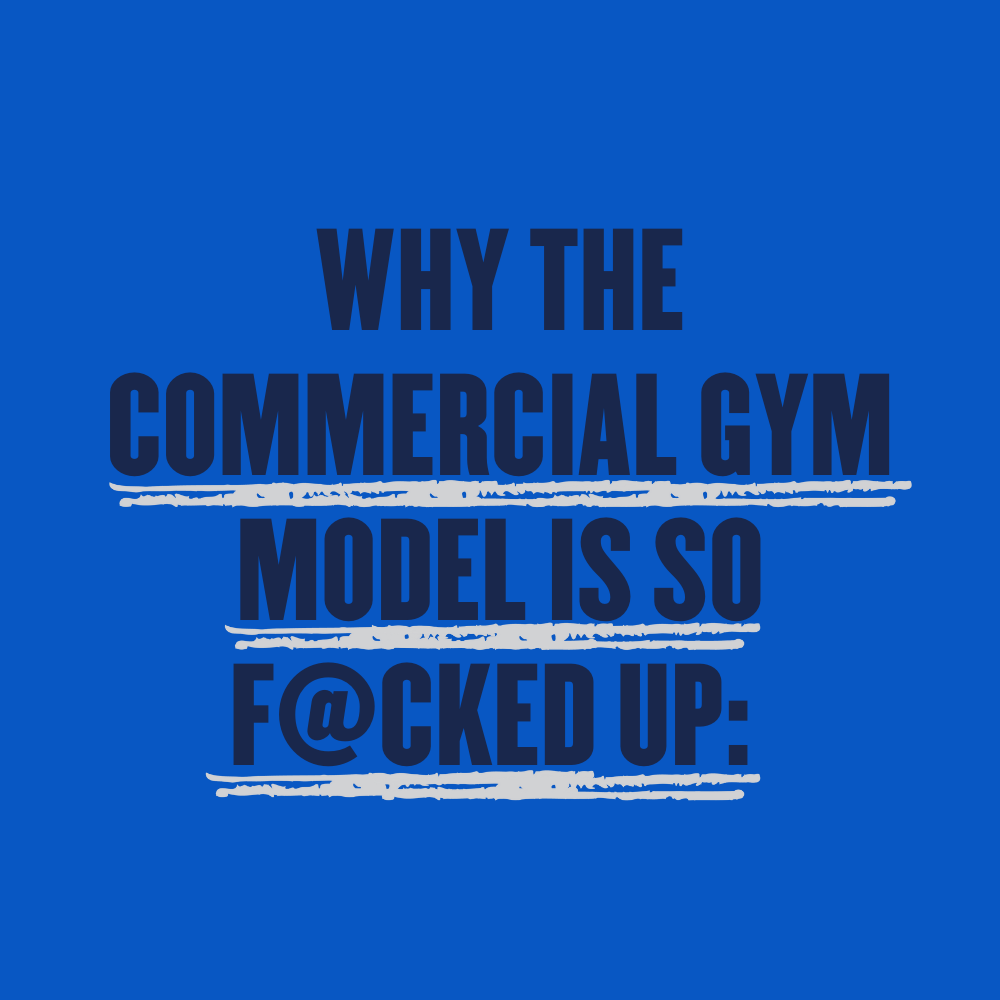
Why the Commercial Gym Model is so F@cked up:Project type

Madlab Radio - Episode #8 - Southwest StrengthProject type

Nine laws series: Law #1Project type

WHY A RIGOROUS CLIENT INTAKE PROCESS MATTER FOR CLIENT SUCCESS CLIENT RETENTION AND AVERAGE CLIENT VALUE.Project type

Madlab Radio - Episode #7 - Etienne BoothProject type

Madlab Radio - Episode #5 - Proverb FitnessProject type

The Workout isn’t the Product: The Coach IsProject type

THE FOUR STAGES OF A GOOD CLIENT INTAKE PROCESS.Project type

DYLAN WALL: A FUTURE AS A PROFESSIONAL COACHProject type
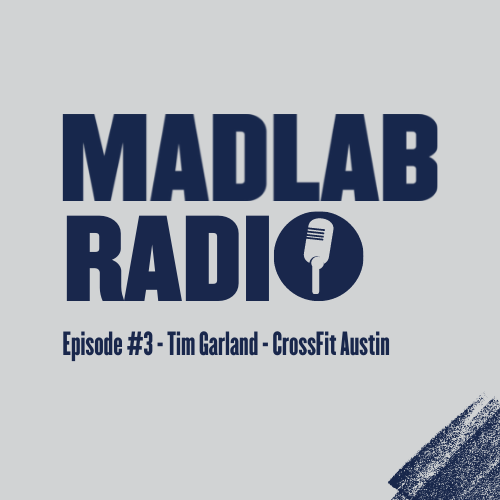
Madlab Radio - Episode #3 - CrossFit AustinProject type

Five Reasons for Hybrid MembershipsProject type

Madlab Radio - Episode #2 - CrossFit 561Project type

Madlab Radio - Episode #1 - Findlay MovementProject type

MADLAB’S THREE-SEAL ACCREDITATION: EXPLAINED.Project type
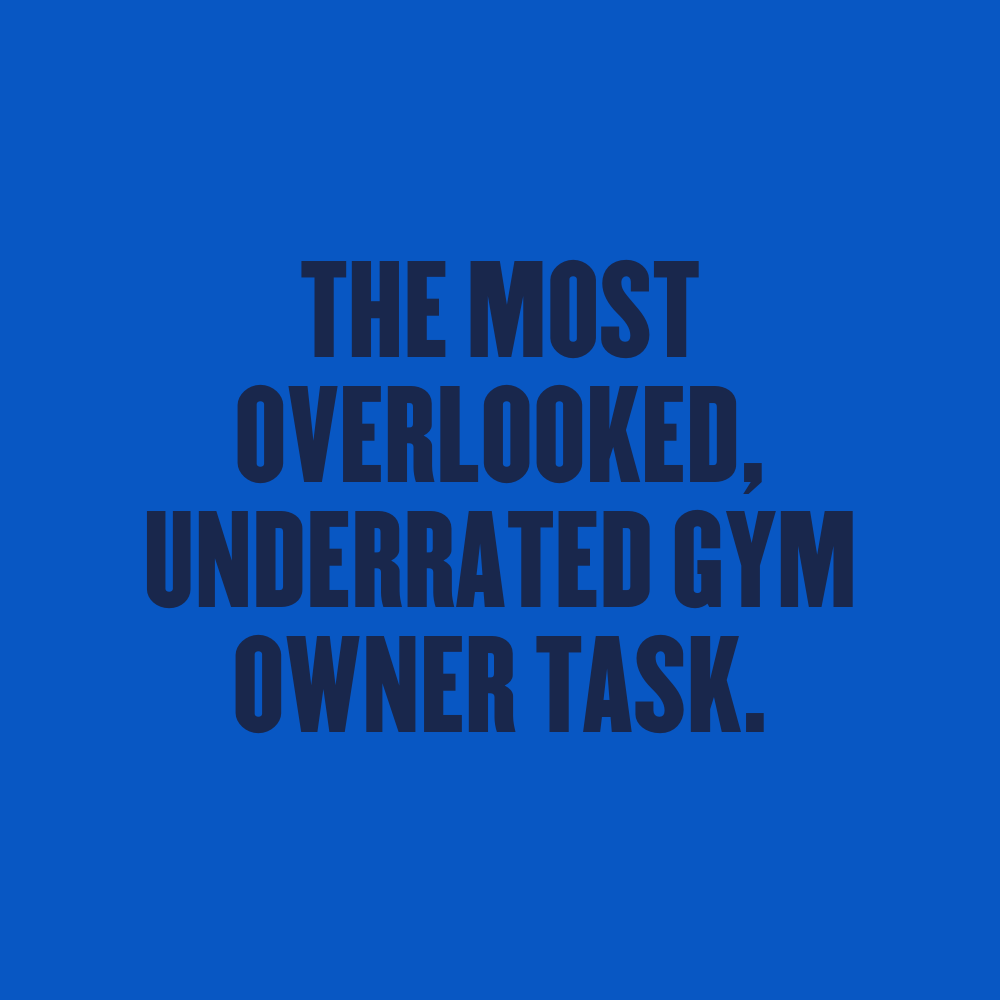
THE MOST OVERLOOKED, UNDERRATED GYM OWNER TASKProject type

START WITH AN EASY SELL: A THREE PT ASSESSMENT.Project type

The Biggest Problem Independent Gyms Face Today?Project type

the secret to the retention and referral gameProject type

Five Step To Closing That New ClientProject type

The Real Reason Your Coaches Aren't EngagedProject type
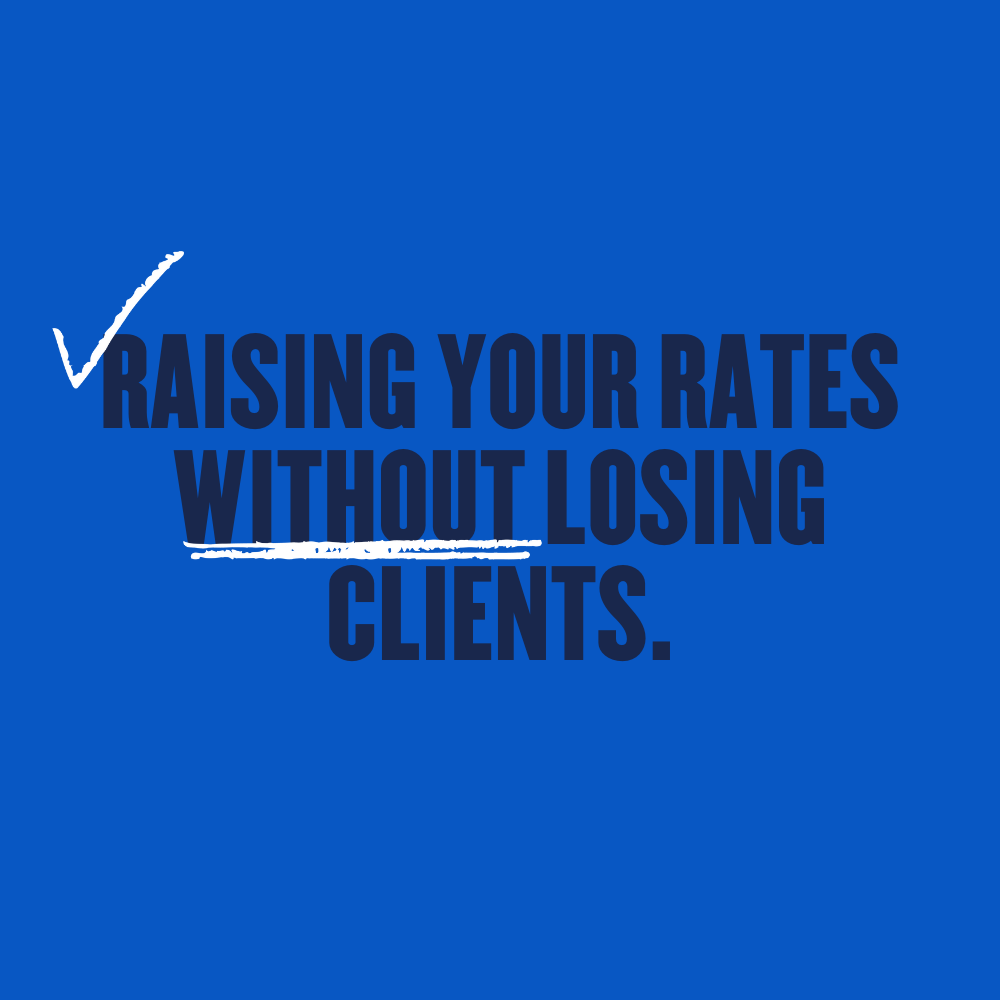
How To Raise Your Rates Without Losing ClientsProject type

7 Sales Tips For The Gym OwnerProject type

Five Sales Tips for the Gym Owner or CoachProject type

Optimizing Your Client Development ProcessProject type

Change The Way You Think About SalesProject type
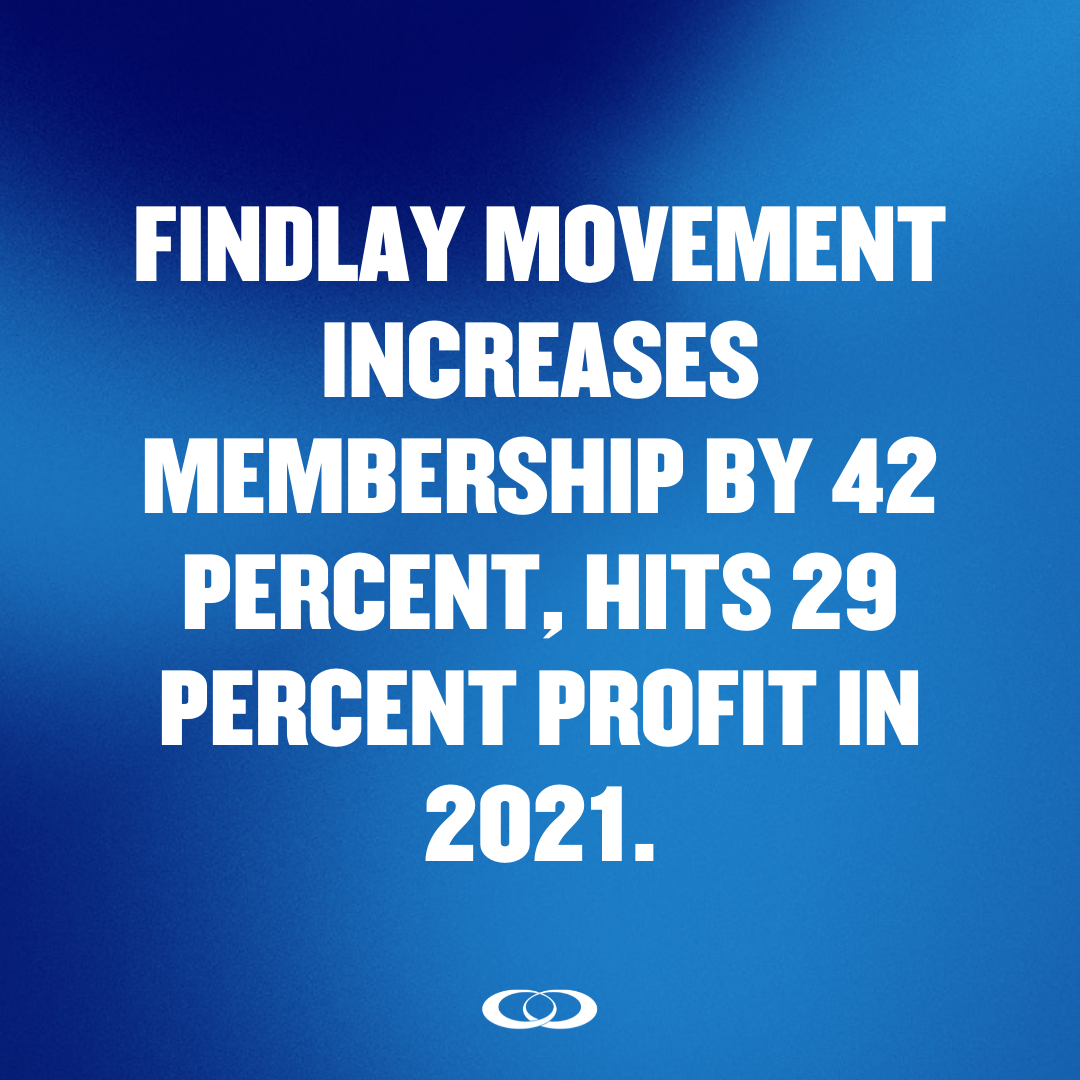
Case Study: Findlay MovementProject type
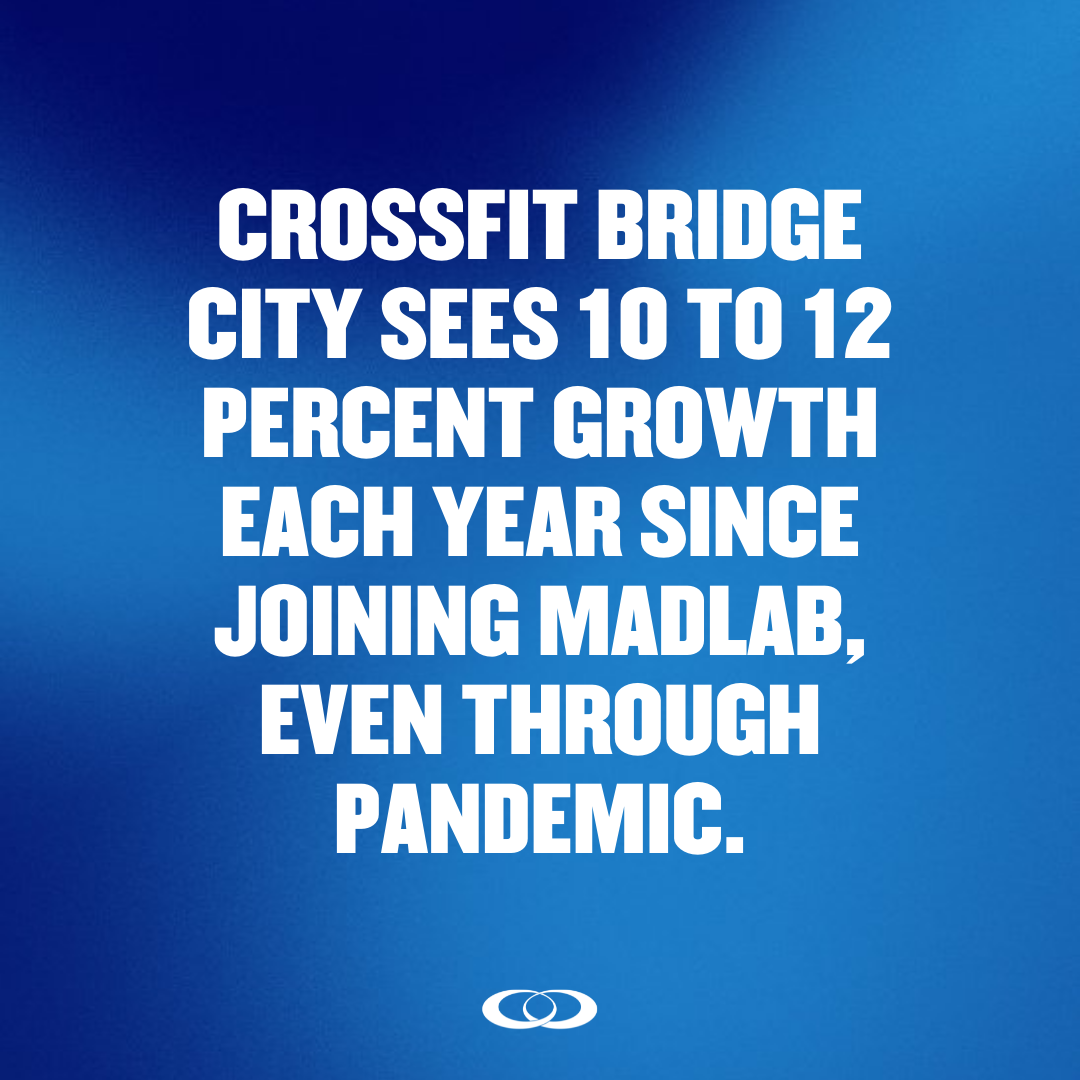
Case Study: CrossFit Bridge CityProject type
Contact Us
1980 Clark Drive
Vancouver, BC Canada
V5N 0A9
Copyright © 2023 Madlab Business. All Rights Reserved.

